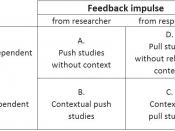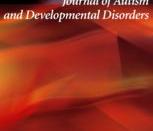Introduction
The quest to define the true etiology of a PDD (Pervasive Developmental Disorder) has been a long winding road of various theories and hypotheses that mutually support and contradict each other. These disorders are so multi-facetted that even prognosis can be difficult. Deciphering all of the various planes of a PDD in addition to creating a unifying foundation for it is made even more difficult by the sporadic presence of Savantism in individuals with one of the disorders. The purpose of this paper is to provide an overview of the existing research on PDDs, present an alternative view of their etiologies and conclude with the presentation of a unifying hypothesis on the true etiology of PDDs as a whole.
The Disorders.
With most developmental disorders, an individual simply portrays an impeded developmental level. For example, a 12 year old that operates at a 5 year old level.
With Pervasive Developmental Disorders however, the individual exhibits actions that are not normal at any stage of development. These can include, but are not limited to: problems with both verbal and non verbal communication, rote memory and theory of mind function difficulties, and repetitive, echolalic speech patterns (APA, 1994).
Theories.
The majority of etiological research has been based primarilyAutism is not the only PDD, but its symptoms are so broad in range that its etiology would be very similar to the etiology of almost all others in this category of disorder. Most disorders can usually be traced back to a specific cause or a plethora of complimentary causes. This has not been the case with pervasive developmental disorders. Various theories on the cause have been brought to point, however all of them have had evidence to the contrary and it seems as if the researchers were led by their...


